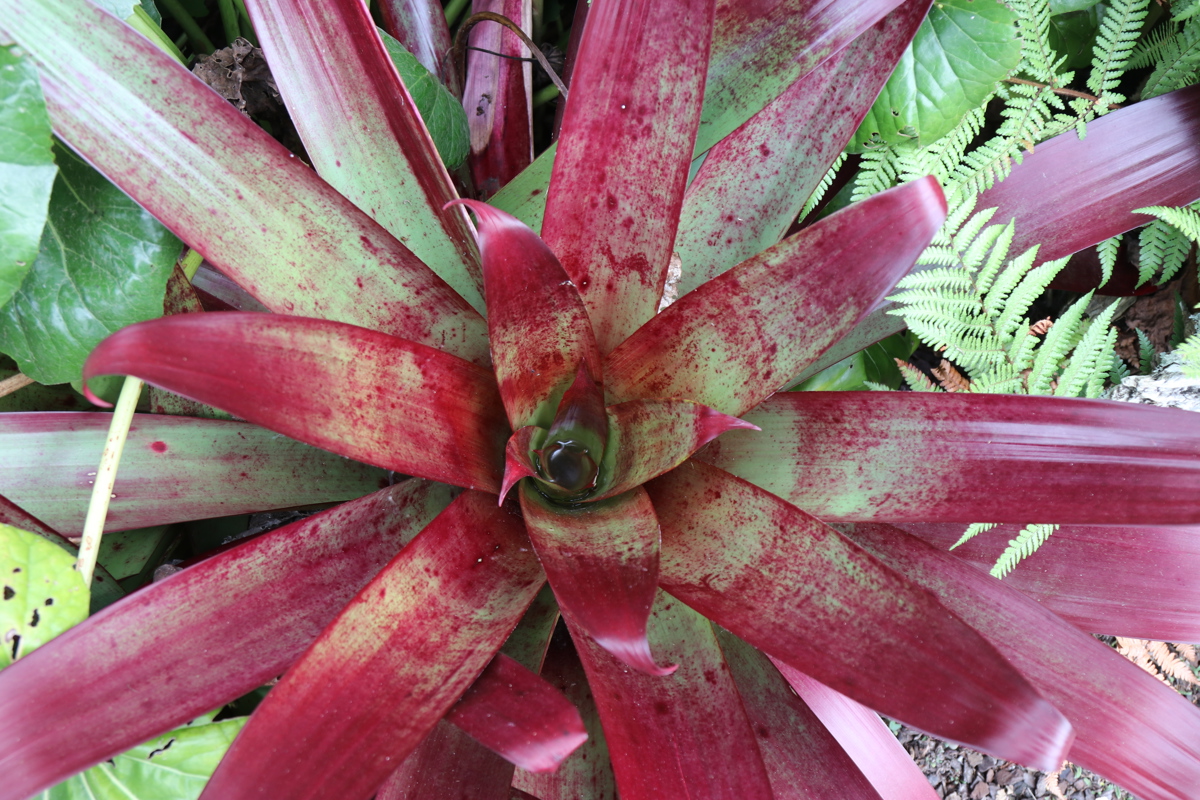Physical characteristics
Large urn-shaped perennial
Flowers and foliage
Long rounded tipped strap-like
Preferred site
Best planted in free-draining soil, in light shade to
Maintenance tips
For container-grown
Ecological and biodiversity benefits
Provides a habitat for invertebrates.
Pests and diseases
These
Companion and combination plants
Other bromeliads and tropical looking
Interesting facts and tips
In their native habitat, these




.jpg?width=1200&height=1200&v=1d4024dceb89e50)

.jpg?width=1200&height=1200&v=1d5569224d63650)
 .jpg?width=1200&height=1200&v=1d4024df6ce2770)
.jpg?width=1200&height=1200&v=1d55676a892f2b0)
 .jpg?width=1200&height=1200&v=1d4024e3b65f7f0)